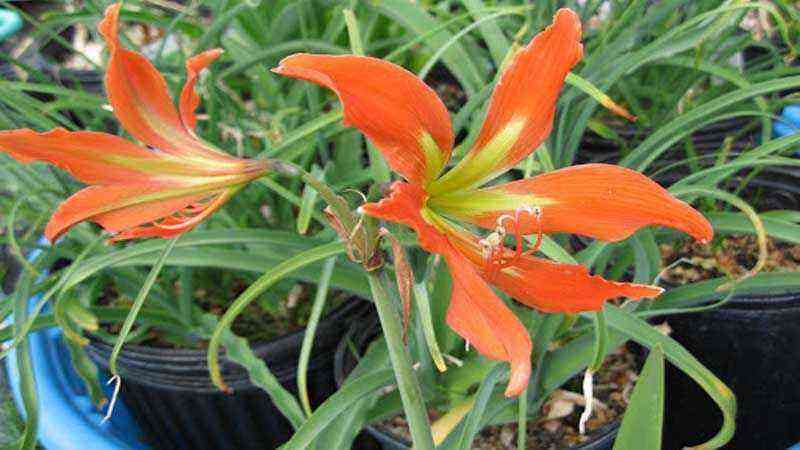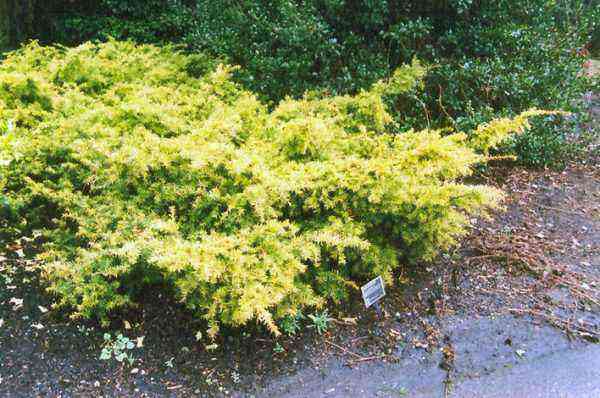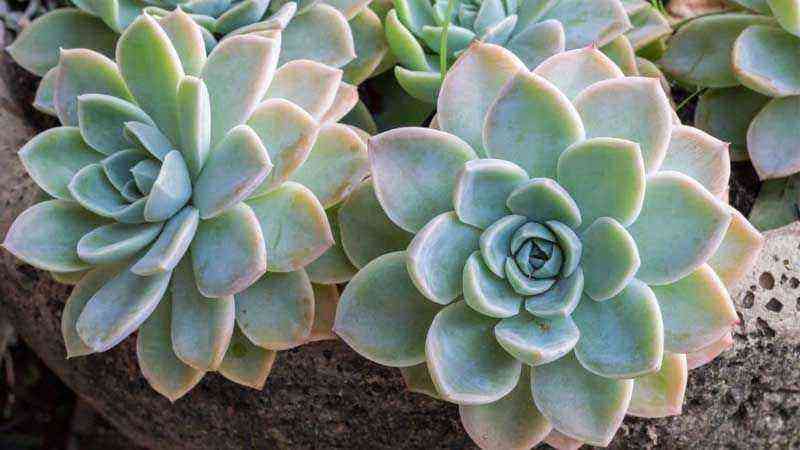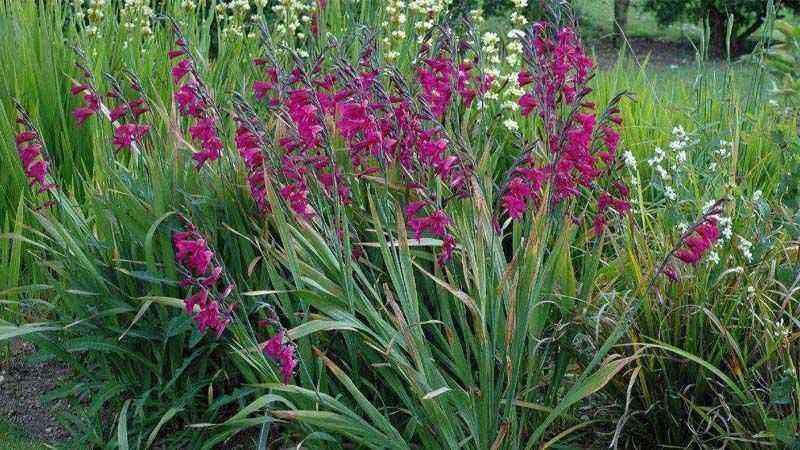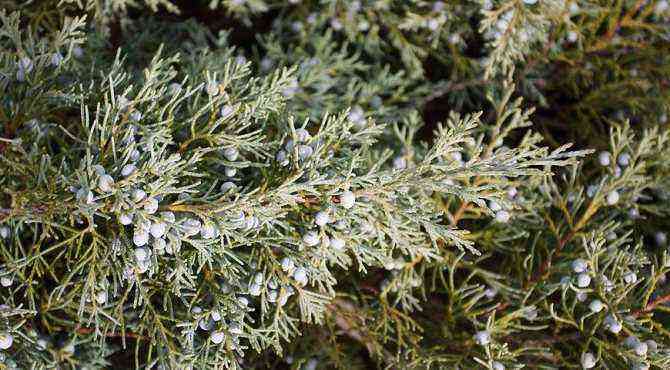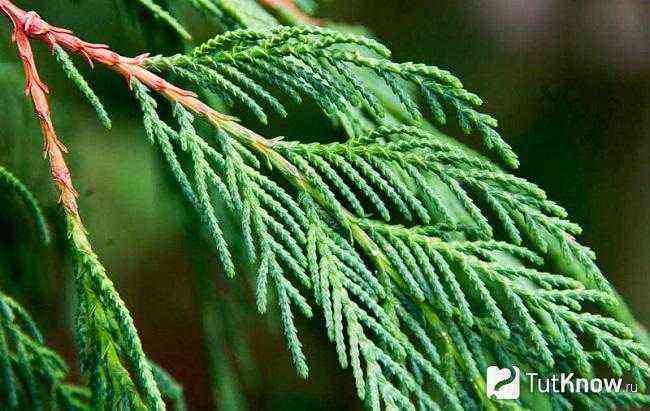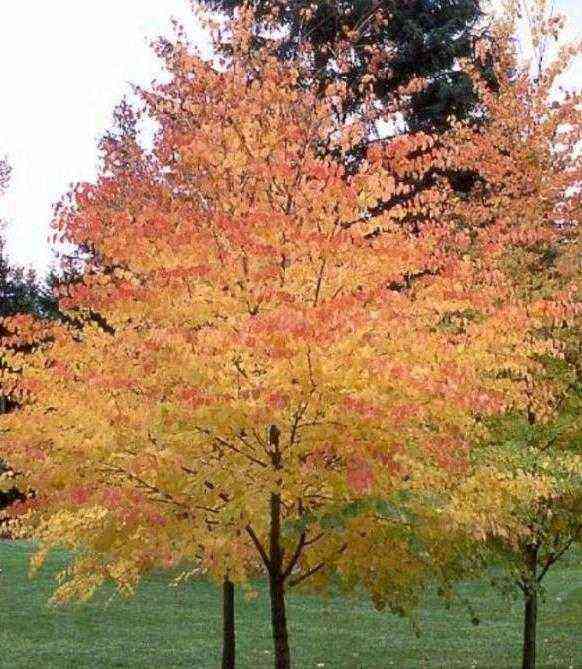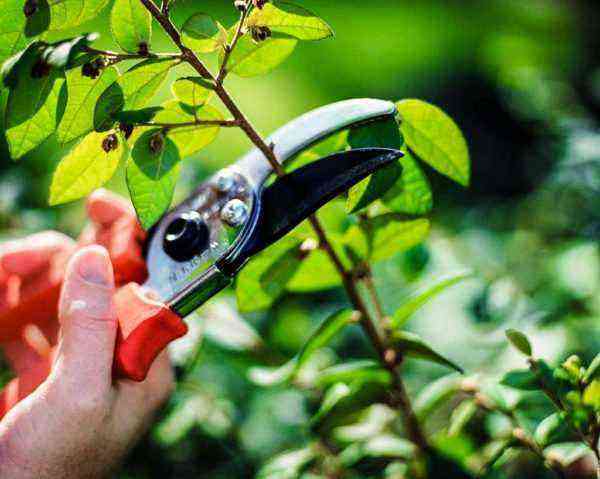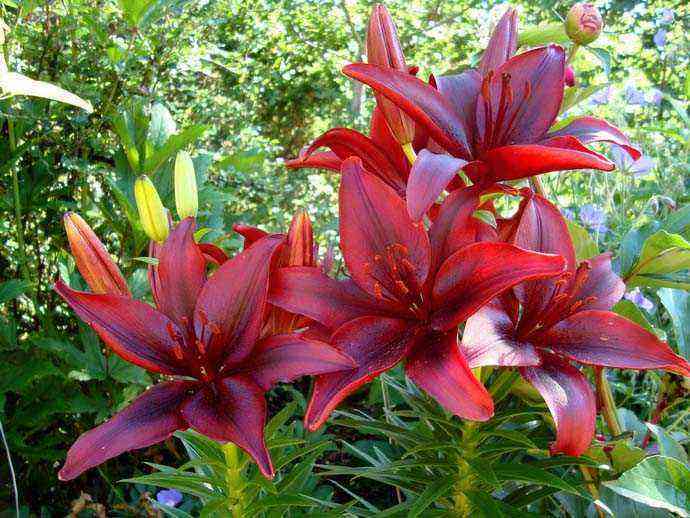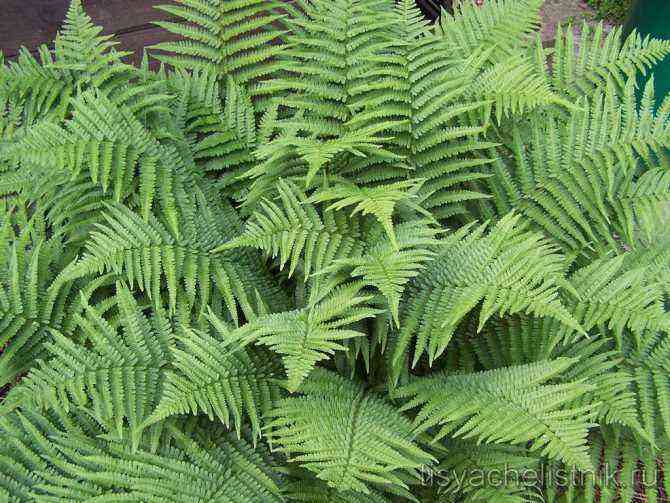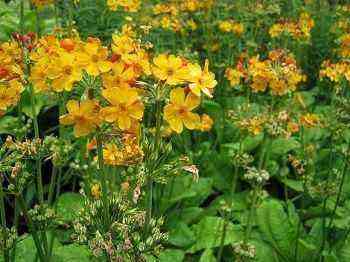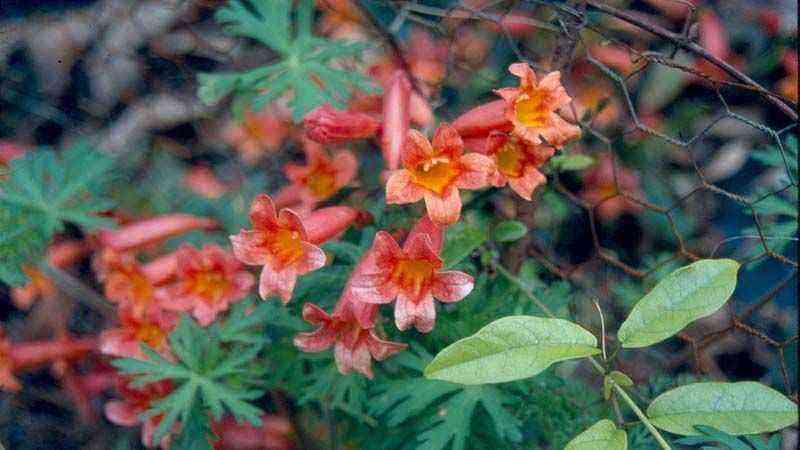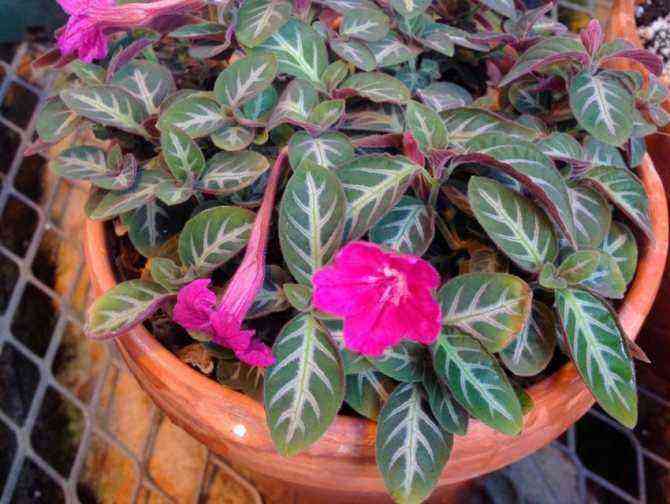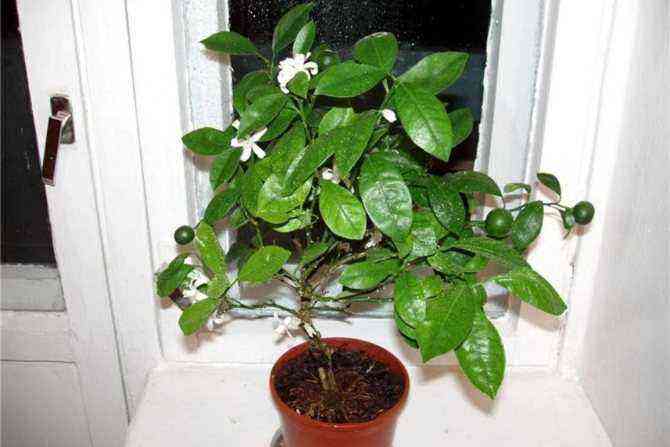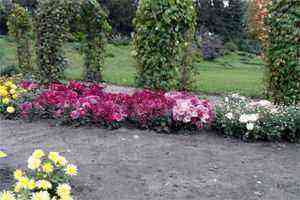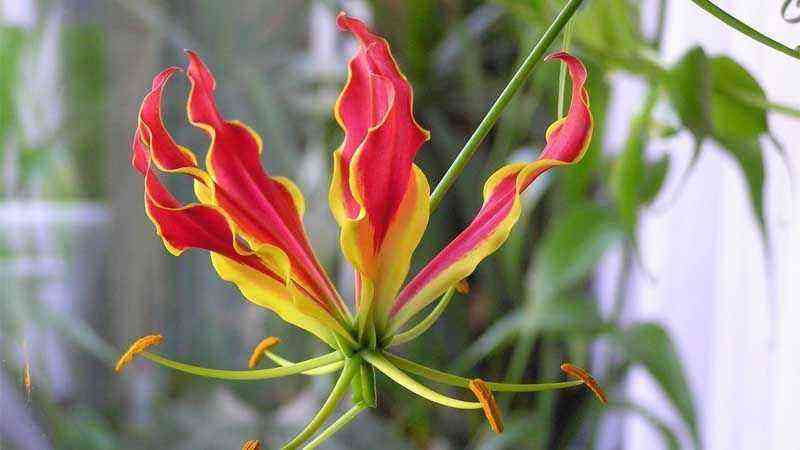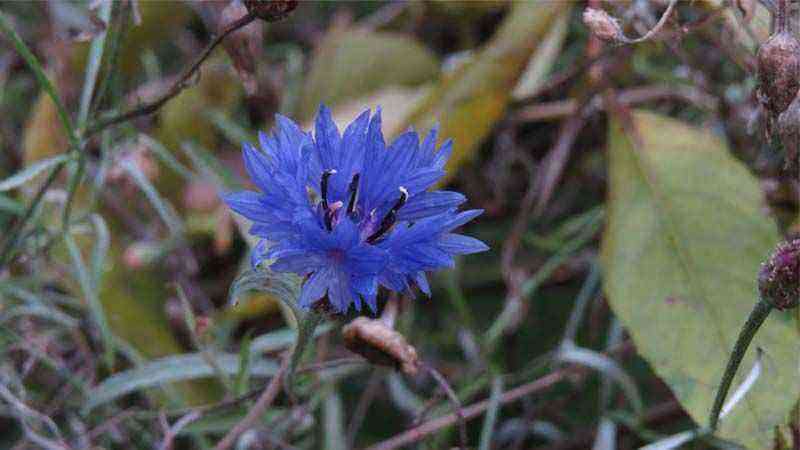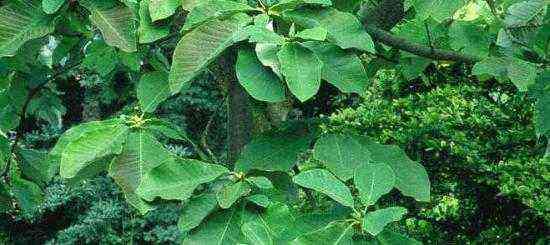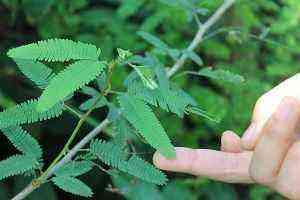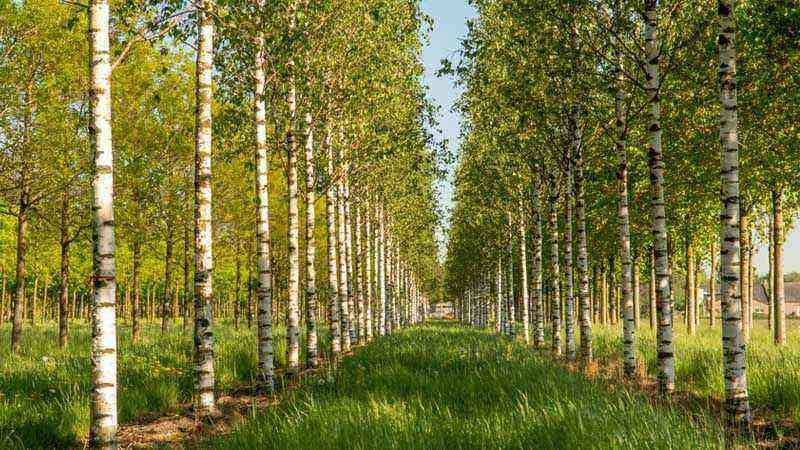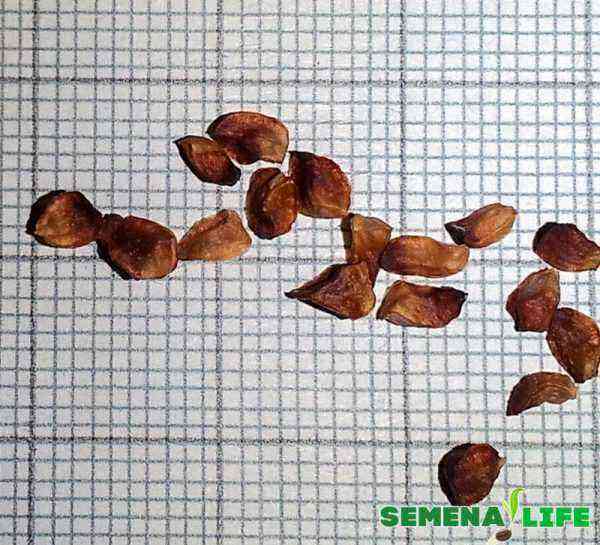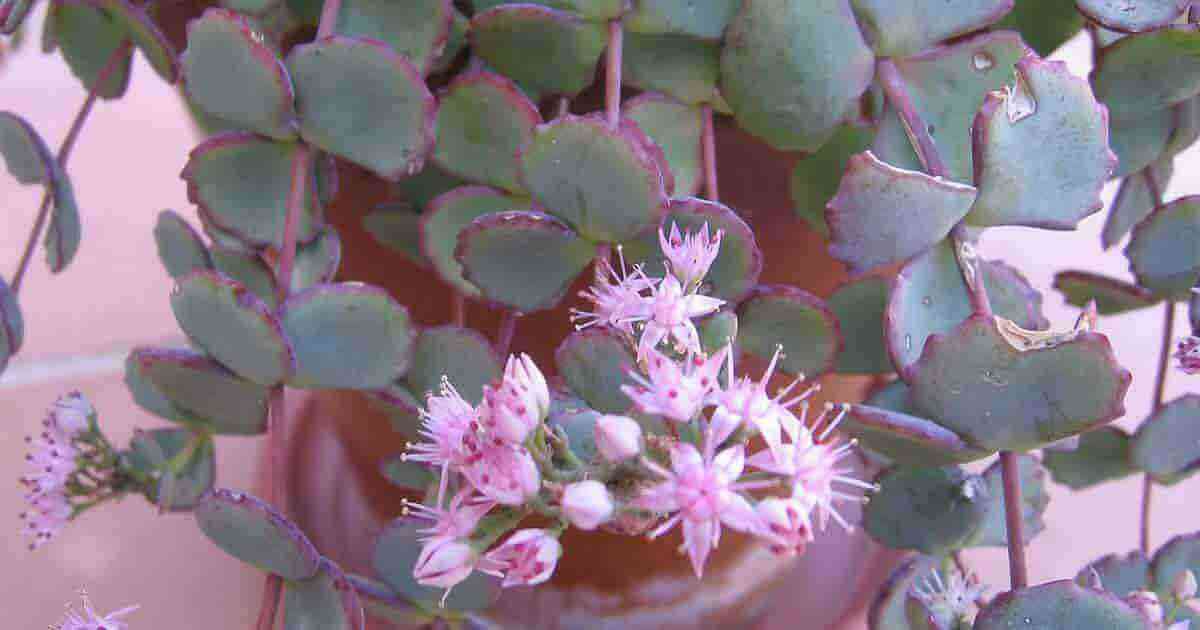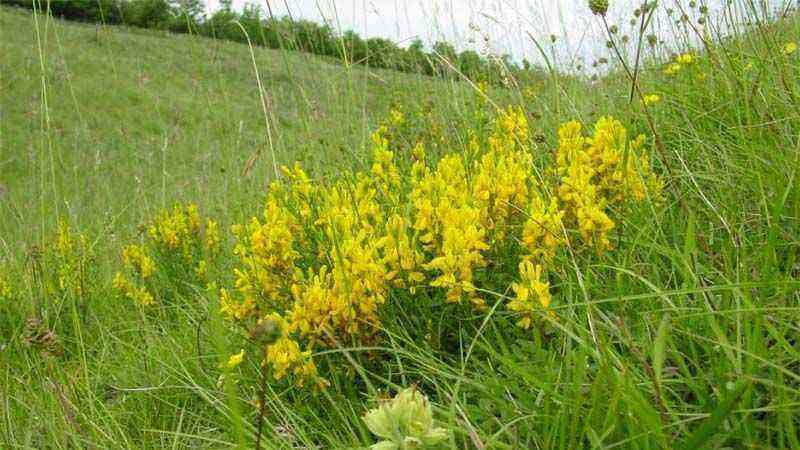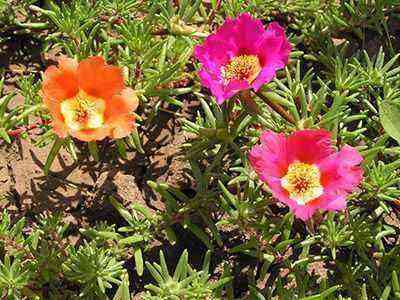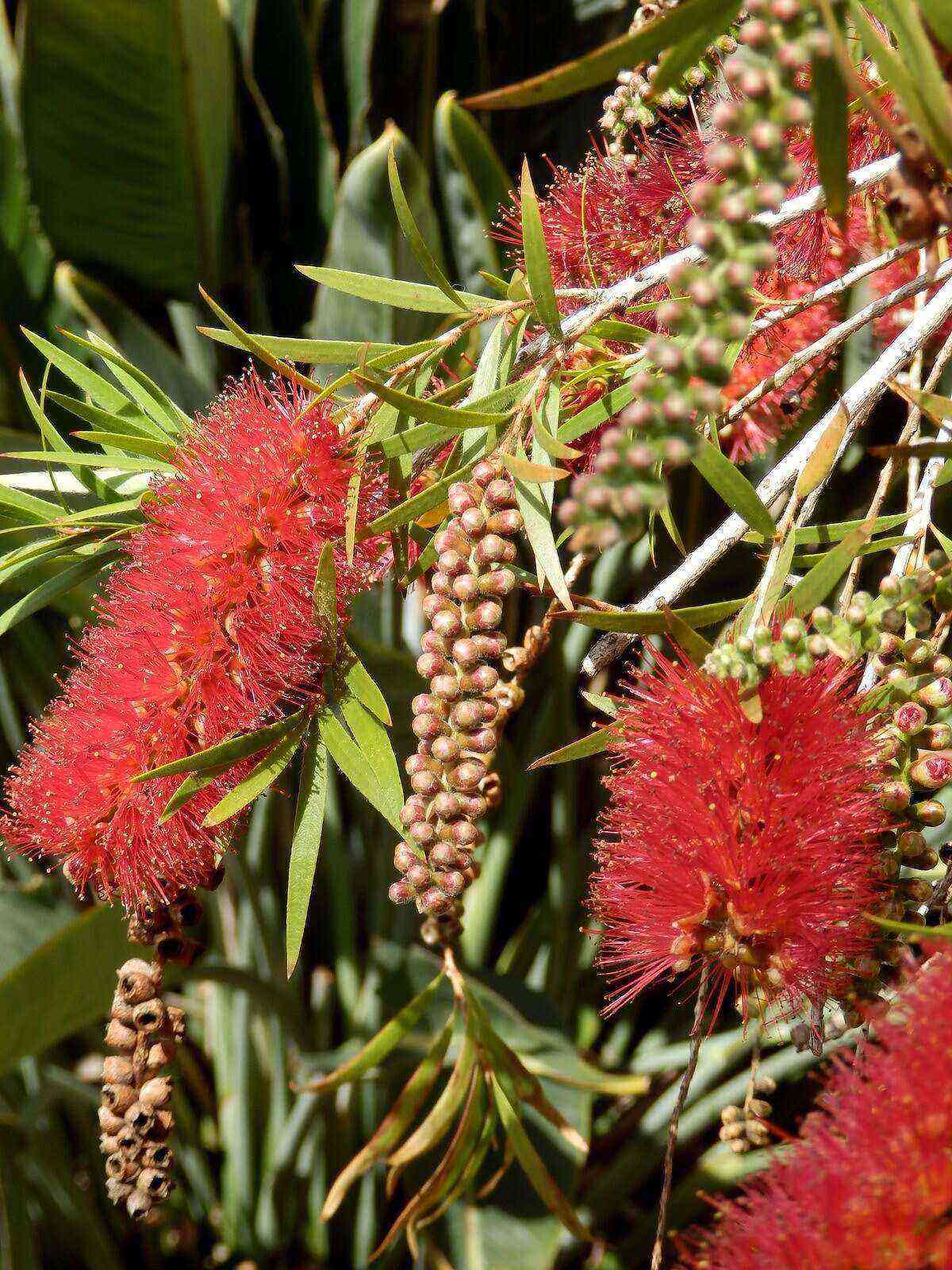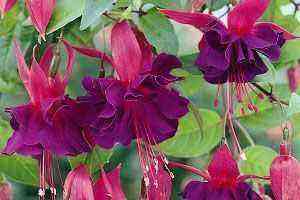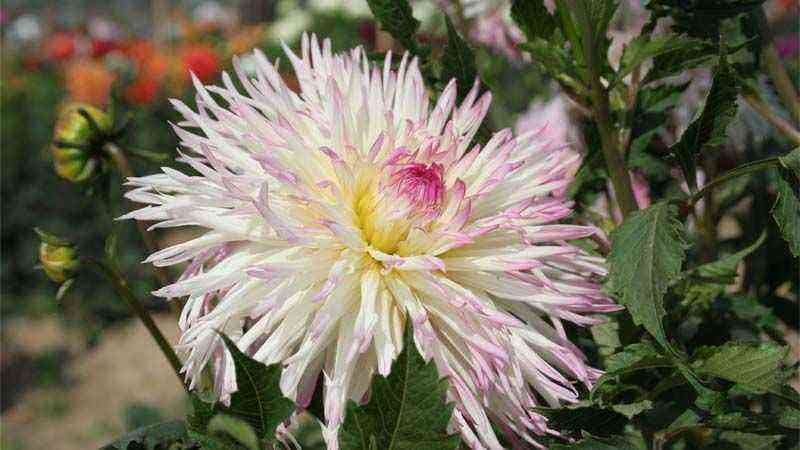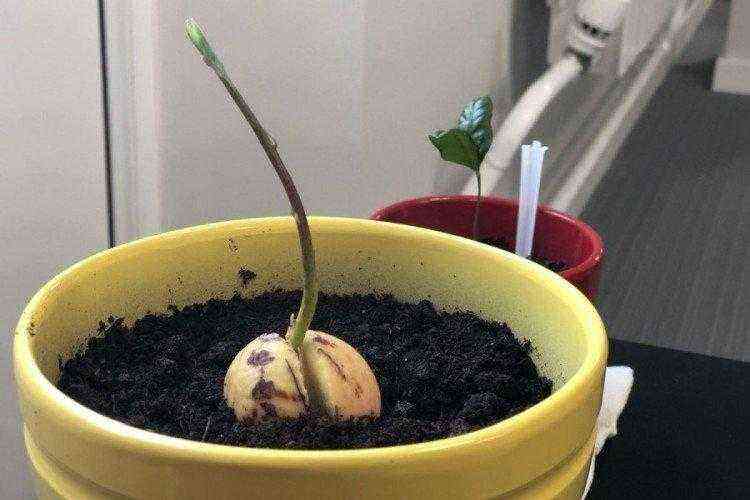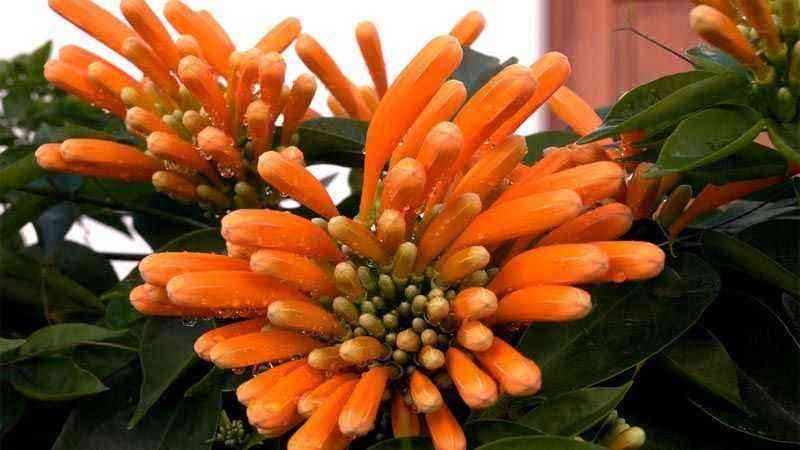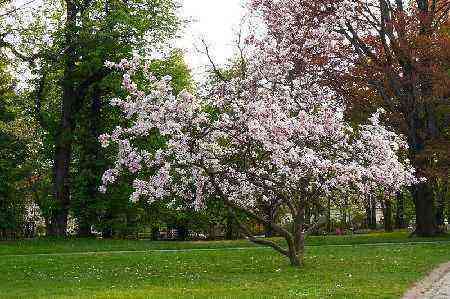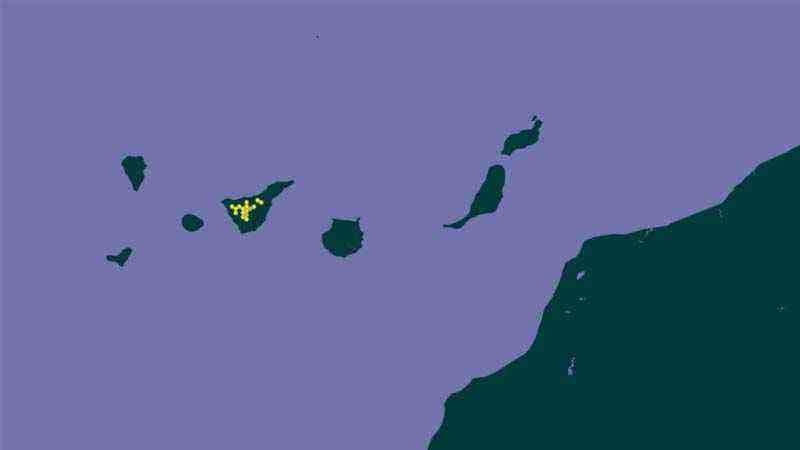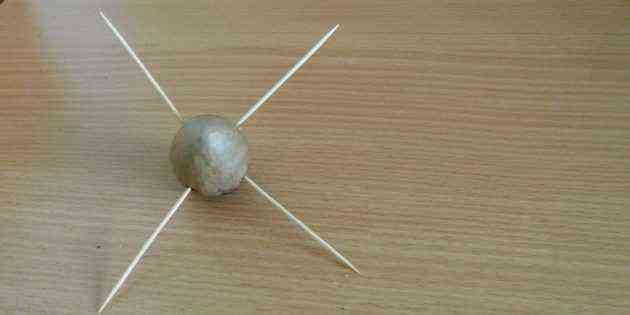Today we add one more tree for the garden. Also called Acacia of Constantinople or albizia, the silk tree It is a tree that, although it is of tropical origin originating in East Asia, has been well acclimated to Iberian lands in the Mediterranean area, providing great ornamental value in gardens and parks in coastal areas.
Let’s see the necessary care for this elegant specimen.
Origin and habitat of the silk tree
The silk treeAlbizia julibrissin) is a relative of a well-known tree, the common mimosa. They are from the mass family. Both are legumes with pods. Its origin is located in the tropical areas of South and Southeast Asia.
In the XNUMXth century it was introduced in Europe thanks to the Italian botanist Antonio Durazzini and it has been perfectly acclimated to various climates, even withstanding strong winter frosts. It is a deciduous tree with complex bipinnate leaves with several pairs of pinnae and, in each one, numerous, small and ordered deep green leaflets.
The flowers are the ones that give it its name since they lack petals and form a dense bunch of fine pinkish stamens reminiscent of silk threads. Hence the name. These flowers are very rich in nectar so if it is planted in the garden, we will have frequent visits of feeding insects.
Flowering depends on the weather. Within the Iberian Peninsula, blooms usually occur in midsummer. From the beginning of June to September, the flower can sometimes endure until October. Later, the fruit, as a legume, is a pod that contains the seeds.
How can I plant a silk tree in my garden?
Choosing the garden site
It is not a tree that develops spectacularly in size, with exceptions. The crown tends to expand more in width than in height, making an umbrella effect. This allows a shade that covers a large part of the ground although it is not very dense. It usually grows around 5 m on average.
Needs a very sunny place and as warm as possible within the possibilities of the climate. It is a deciduous tree and in winter it is capable of withstand temperatures down to -15 ºC.
Soil and irrigation
It is not at all demanding with the quality of the soil. Only needs good drainage. It does not withstand damp soils well. Otherwise it is very tolerant of soils near the sea, limestone and poor in nutrients, so it is not an aspect that we should worry about excessively. Vequalize puddles and excess moisture ground.
It tolerates periods of drought very well. It develops a large root system when it is adult and will need little watering. In the first years it is advisable to be a little attentive and water 2 to 4 times a month depending on the season of the year.
Silk tree pruning
The silk tree is not a tree that needs pruning. What’s more, it hurts you. Are recommended pruning only when necessary (branches broken by wind or affected by frost).
Seed germination
Seed germination of the silk tree is not complicated if we take certain aspects into account. The seeds have a very hard cover (typical in seeds of tropical species and legumes) that needs to be broken or softened to favor germination possibilities. You can use the methods of scarification by cutting, abrasion or immersion to break or weaken the cover and allow germination. An example of abrasion scarification with a conventional sandpaper is shown in the photo on the right.
Most common varieties
- Albizia julibrissin there. Rosea: Most famous with pale pink flowers
- Albizia julibrissin there. Umbrella: Darker pink, becoming red with a darker color in the leaves.
- Albizia julibrissin there. Pompadour: Smaller variety with dark pink flowers.

